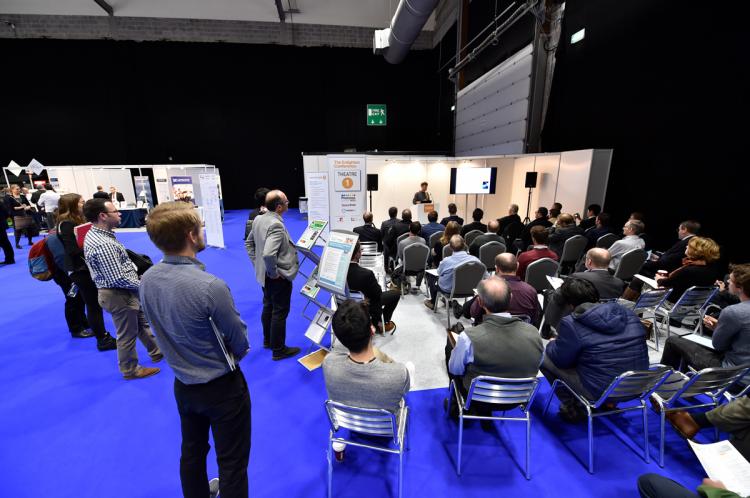
Image: Xmark Media
The Photonex exhibition is held each year in Coventry, UK. In even years it has hosted a conference on hyperspectral imaging, organised by Professor Steve Marshall from the University of Strathclyde, UK. For the first time, in October 2017, a smaller, industrially focused conference was held in a lecture theatre on the exhibition floor to fill in the conference gap in the odd years. I am sure most of those attending found it a useful and interesting event.
JSI has published papers from a previous HSI conference at Photonex. If you would like information on the 2018 conference, visit https://www.photonex.org.
